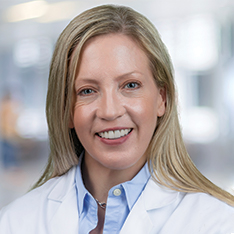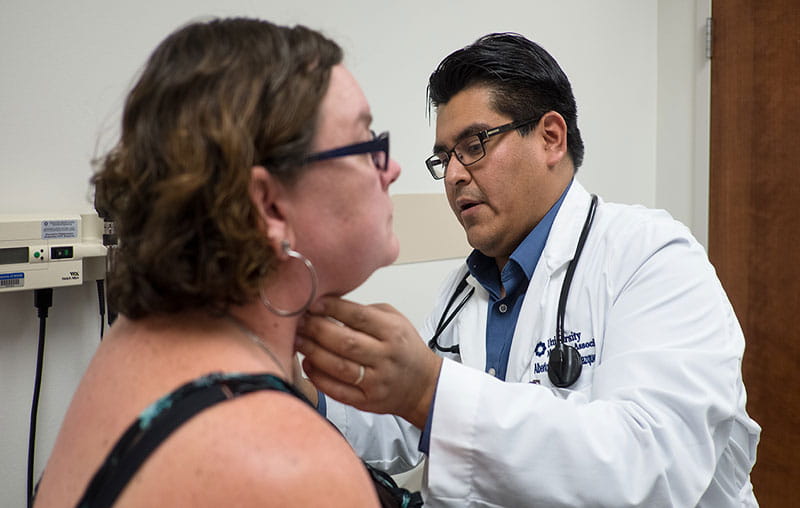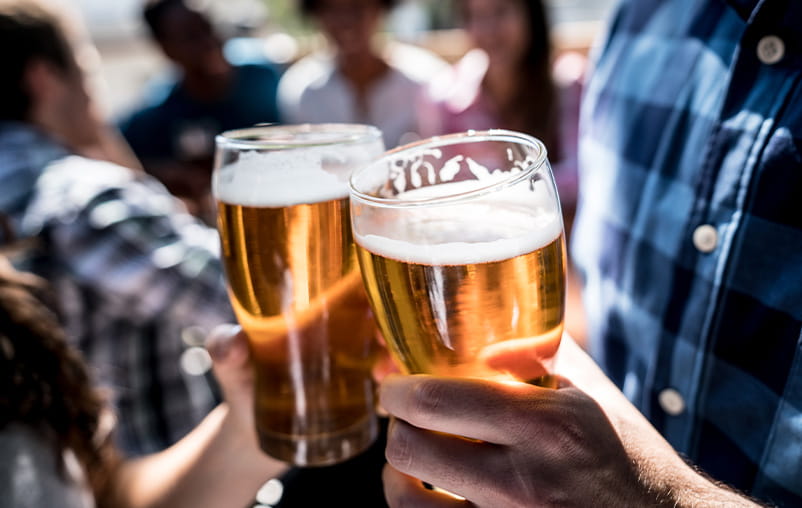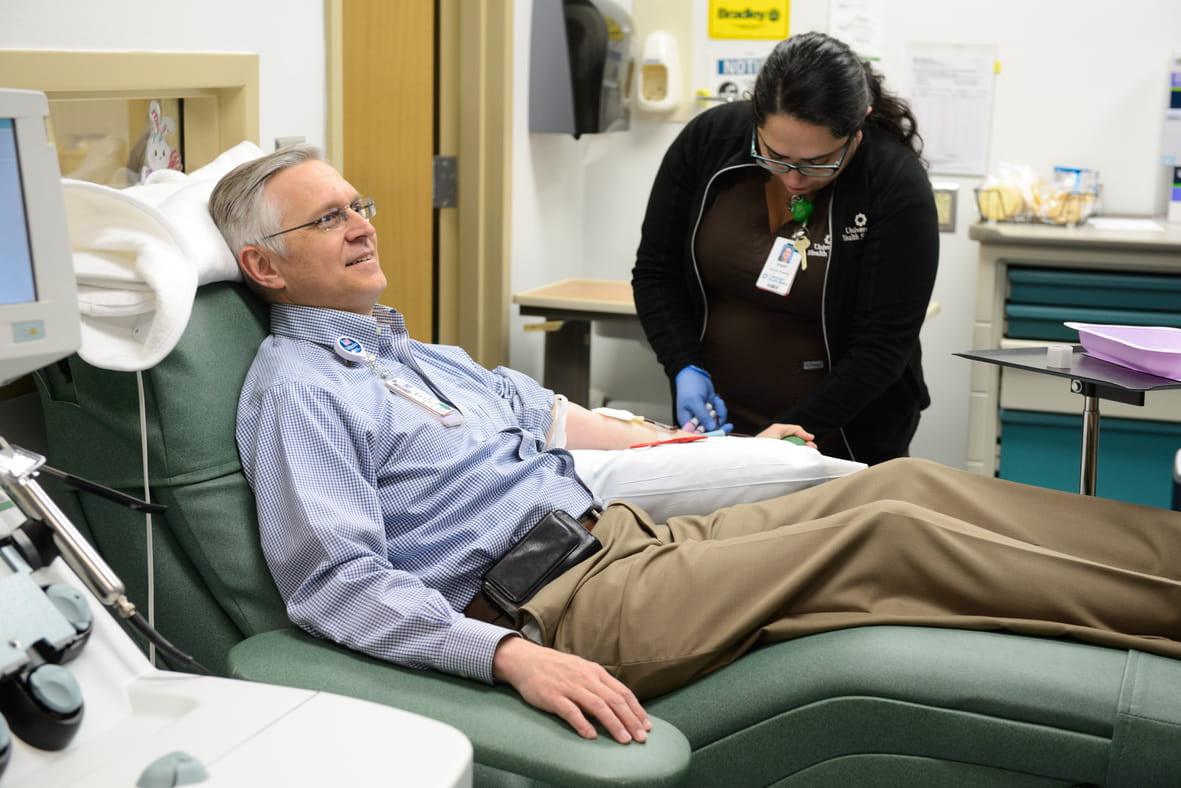They Wanted To Donate Kidneys to Their Loved Ones but Didn’t Match. So They Joined a Paired Organ Exchange.
When Jose Maya’s husband Santiago Mejia needed a kidney transplant to survive, Maya didn’t hesitate. He offered to donate one of his own kidneys, knowing he could live with just one.
The bad news: through blood and tissue tests, Maya learned he was not a match.
The good news: Mejia’s medical team at University Health’s Transplant Center said there was another option besides possibly spending years on the kidney waitlist.
Maya, 27, and Mejia, 45, could join a group of other donor-recipient pairs who were also mismatched. Mejia would receive a kidney from another donor couple, and Maya would donate to one of the group’s other patients waiting for a transplant.
“We are constantly looking for ways we can swap donors and recipients,” said Dr. Elizabeth Thomas, a University Health transplant surgeon and associate professor of surgery at UT Health San Antonio.
Dr. Thomas says there’s growing awareness that healthy, living individuals can donate kidneys and still lead full lives. And while organizing organ exchange groups or swaps requires a lot of coordination by a knowledgeable medical team, the benefits are enormous.
What To Love About Living Donor Exchanges
- First of all, a patient like Mejia would have to wait an average of six to eight years for a deceased donor. During that time, the patient would have to rely on dialysis to remove waste from their systems and keep them alive. Once living donor matches are identified, transplants can be scheduled in a matter of weeks.
- A kidney from a living donor starts working faster and lasts longer than a kidney from a deceased donor. A recent study found that five years after their transplant surgeries, the survival rate for patients who received kidneys from deceased donors was 77% compared to 84% for those with living donor kidneys. After that, the survival gap continues to widen in favor of those with living donor organs.
- A patient who receives a living donor’s kidney is taken off the national waiting list, which speeds up transplants for others.
“Paired exchange is really a way to expand the living donor pool,” said Dr. Thomas.
The Six-Person Swap
In May 2018, while the Transplant Center team was looking for other donors and patients who would match Maya and Mejia, Yen Kim, a San Antonio cosmetologist, was stunned to learn her kidneys were failing.
Kim was a young, 32-year old mom who had just delivered her second daughter. She had to quit her job and send her infant to stay with her mother.
“It was hard. I couldn’t even see my kid because dialysis was every other day, so I couldn’t really keep her,” she said.
Kim’s sister-in-law wasn’t a match for her, but like Maya, she agreed to be part of an organ exchange group. Another mom and daughter pair from Corpus Christi did the same.
At University Hospital, the transplant team was checking blood and tissue information and realized they now had three donors for three matching recipients. Things began to move quickly.
Within weeks, Dr. Thomas and a team of surgeons presided over six surgeries, using a minimally invasive technique to remove the healthy kidneys from donors and transplant them into the patients who needed them to live.
Two Months After the Six-Person Swap
At a table in his recently opened restaurant, Jose Maya wears a black t-shirt with bright green lettering that reads: “It takes a BIG heart to donate life.” Yen Kim made the shirt for him and sits across the table, Maya’s kidney pumping away inside her.
It’s been nine weeks since surgery and Maya is working full time. Yen Kim and Santiago Mejia, Maya’s spouse, are both off dialysis and looking forward to leading full lives.
Yen says the three couples in their organ exchange talk and text a lot. “University Hospital says we’ve become a giant family, all six of us.”
One forever bound together by need and the willingness to give.
Becoming a Donor
Choosing to donate a kidney is a big decision. Donors should be healthy, between the ages of 21 and 70, have a stable family situation and willing to complete lab tests.
Donors may need to take some time away from work, but they typically have few or no additional costs. Having one kidney doesn’t affect life expectancy or prevent donors from exercising or having children.
If you’re ready to consider a donation, the first step is filling out a medical history questionnaire.
For more information call the University Transplant Center at 210-567-5777 or send an email.





